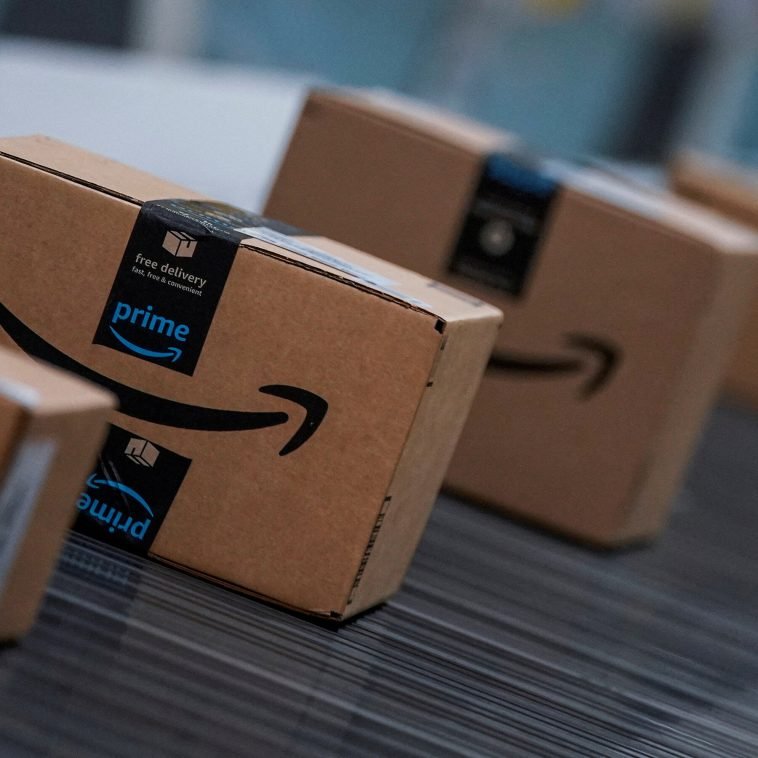Introduction.
Selling on Amazon is an exciting way to start or grow a business. With millions of customers looking for everything from electronics to clothing, the potential for success is huge. But there’s more to it than simply listing products and waiting for sales to roll in.
Running a successful Amazon FBA (Fulfillment by Amazon) business involves strategy, attention to detail, and an understanding of how Amazon’s system works.
In this article, I’ll walk you through some best practices and tips that can help you succeed as an Amazon FBA seller.
Best Practices and Tips For Amazon FBA Sellers?
1. Understand Your Market and Niche
Before you start selling, it’s important to know what you’re getting into. Understanding your market and choosing a profitable niche is one of the first steps to success.
Take the time to research what products are in demand and which categories are competitive but still offer room for new sellers.
Amazon offers tons of tools to help with research. Use Amazon’s Best Sellers list, product reviews, and even Google Trends to get a sense of what’s popular.
Pay attention to the number of competitors in your chosen category. Too many competitors might mean high costs to compete, while too few competitors might signal a lack of customer interest.
2. Product Selection: Quality Over Quantity
Choosing the right products to sell is key. You’ll need to consider factors like product demand, cost, and profit margins.
Stick to a small number of products at first and make sure they’re high-quality items that people will want to buy.
Don’t get too caught up in selecting a wide variety of products. Start small, master the process, and scale your business when you’re ready.
Selling a few high-quality products will often be more profitable and manageable than offering hundreds of lower-quality items.
3. Optimize Your Listings for Amazon’s Algorithm (A9)
Once your products are listed, the next step is optimizing those listings so they show up in Amazon’s search results.
Amazon’s search engine, A9, uses a variety of factors to determine which products to show customers. Your listings need to be optimized for visibility and conversions.
Here are some tips:
- Titles: Make sure your product title is clear, descriptive, and includes relevant keywords.
- Product Descriptions and Bullet Points: Write detailed descriptions that explain the benefits and features of your products. Use bullet points to highlight key features.
- Keywords: Research and include keywords that potential buyers are searching for. Tools like Helium 10 and Jungle Scout can help you find the right ones.
- Images: High-quality images are a must. Use clear, high-resolution photos that showcase your product from different angles.
4. Pricing Strategy
Pricing can make or break your Amazon FBA business. If you price your products too high, you’ll struggle to make sales. But if you price too low, you may not make enough profit to sustain your business.
A good strategy is to look at your competitors’ prices, but also consider the cost of Amazon’s fees. These fees can include storage fees, referral fees, and fulfilment fees, all of which vary depending on the size and weight of your product.
Keep an eye on how your competitors are pricing their products and adjust your price accordingly. Sometimes, offering slightly lower prices or adding value through bundles or extra features can help you stand out.
5. Maximize Your Amazon FBA Storage
Storage costs can add up quickly if you’re not careful. You want to make sure that you’re using your storage space wisely and minimizing any unnecessary fees.
Here are some tips to save on storage fees:
- Sell products that have good demand: Make sure your products are moving and not sitting in storage.
- Use Amazon’s “stranded inventory” tool: This tool will help you identify products that aren’t selling as well and may be costing you unnecessary storage fees.
- Ship in smaller quantities: Instead of sending large quantities of products at once, consider sending smaller amounts more frequently. This helps reduce long-term storage fees and ensures your inventory is always fresh.
6. Leverage Amazon Ads to Boost Visibility
Amazon offers several advertising tools to help sellers get their products in front of customers. Sponsored Products, Sponsored Brands, and Sponsored Display ads are all great ways to increase visibility.
Start with Sponsored Products ads, which allow you to advertise individual products within search results and product detail pages. This is a great way to boost visibility, especially for new products that don’t yet have many reviews.
Make sure to test different ad campaigns and monitor their performance regularly. Adjust your budget, keywords, and bidding strategies as needed to get the best return on your investment.
7. Customer Reviews and Feedback
Customer reviews are a major factor in driving sales on Amazon. Positive reviews build trust and encourage more people to buy from you. Negative reviews, on the other hand, can harm your sales.
Here’s how you can get more positive reviews:
- Follow up with buyers: After a sale, send a follow-up email asking for feedback. Be polite and respectful—never pressure customers for reviews.
- Provide excellent customer service: Respond to customer inquiries quickly and professionally. Address any issues or concerns to ensure a positive experience.
- Use Amazon’s “Request a Review” button: This feature can help you automate review requests and increase the chances of getting feedback.
8. Monitor and Analyze Your Performance
Keep track of how your products are performing on Amazon. Use Amazon’s built-in analytics tools to monitor things like sales, returns, customer feedback, and advertising performance. This data will give you valuable insights into what’s working and where you can improve.
Some tools like Jungle Scout or Helium 10 also provide in-depth analytics to help you fine-tune your strategy. These tools help track competition, analyze trends, and even predict future sales.
9. Scaling Your Amazon FBA Business
As your business grows, you’ll want to scale it to reach more customers and increase profits. Here are a few strategies to consider:
- Expand to international markets: Amazon allows you to sell in other countries, expanding your reach.
- Create an Amazon storefront: This can give your brand a more professional appearance and make it easier for customers to browse all your products.
- Add new products: As you gain experience, adding more products to your line will help you diversify and grow your revenue.
FAQs
Q1: How much money do I need to start an Amazon FBA business?
Starting an Amazon FBA business can vary in cost, but many sellers start with a few hundred dollars. You’ll need to cover inventory costs, Amazon’s seller fees, and marketing expenses.
Q2: How long does it take to start seeing profits from Amazon FBA?
It varies, but many sellers start seeing profits within a few months. However, it might take longer to scale your business and earn a significant income.
Q3: Can I sell on Amazon FBA from anywhere?
Yes! Amazon FBA allows you to sell internationally. However, you’ll need to familiarize yourself with the shipping and tax regulations in different countries.
Q4: Do I need to be an expert in marketing to succeed on Amazon?
Not necessarily. You can start with the basics and gradually improve your marketing skills. There are plenty of free resources and tools available to help you along the way.
Conclusion
Running a successful Amazon FBA business requires dedication and the right strategies, but the potential rewards can be massive.
From picking the right products to optimizing your listings, managing inventory, and using Amazon’s advertising tools, there’s a lot to think about.
The good news is that by following the tips and best practices I’ve outlined here, you’ll be well on your way to building a profitable business on Amazon.
So, are you ready to put these strategies to work and take your Amazon FBA business to the next level?





GIPHY App Key not set. Please check settings